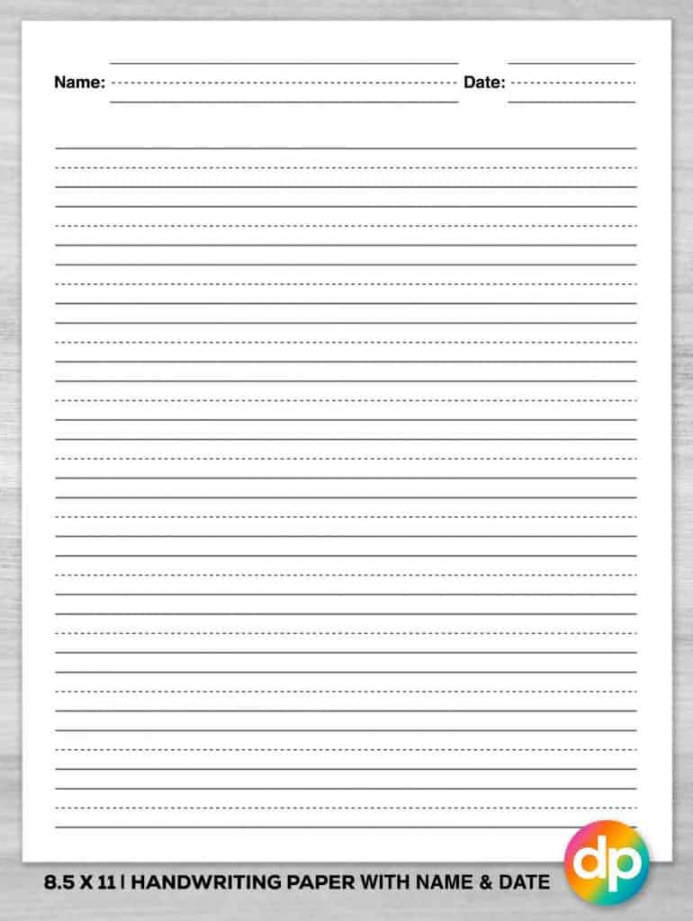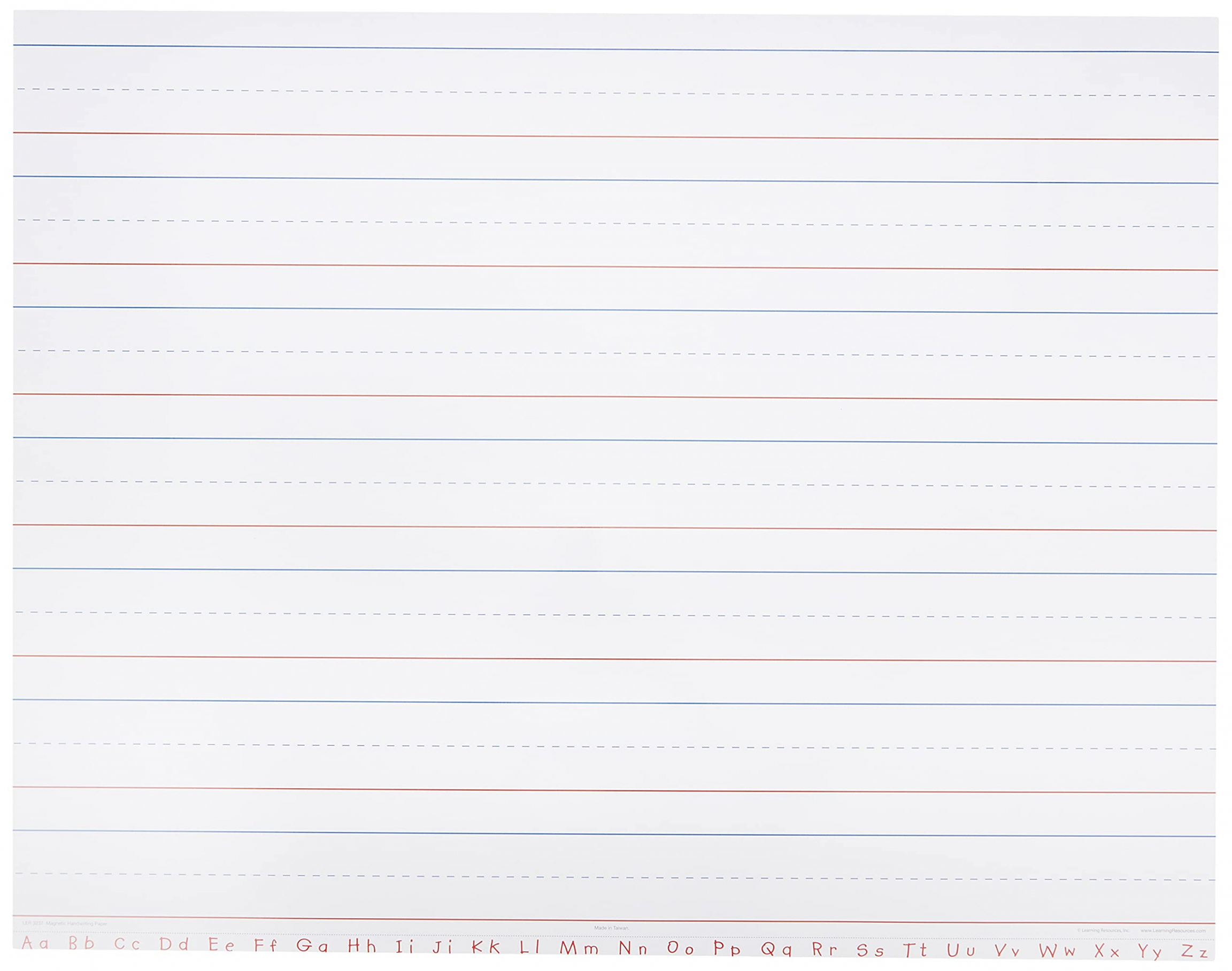The Importance of Handwriting in the Digital Age
In an era dominated by keyboards and touchscreens, the art of handwriting is often overlooked and undervalued. However, studies have shown that handwriting has numerous cognitive and developmental benefits, making it an essential skill to cultivate. To enhance the writing experience, the choice of handwriting paper plays a crucial role. Handwriting paper is designed specifically to aid legibility, fluidity, and overall writing experience. Let’s explore the various aspects of handwriting paper that contribute to its importance.
1. Size and Ruling of Handwriting Paper
The size and ruling of handwriting paper have a significant impact on the writer’s ability to maintain consistent letter formation and spacing. Handwriting paper generally comes in different sizes, such as wide-ruled, college-ruled, and narrow-ruled, catering to various needs and preferences. The ruling helps guide the writer in achieving proper letter size and spacing, ensuring legibility.
2. Texture and Weight

The texture and weight of handwriting paper are crucial for providing a tactile experience that contributes to the overall writing process. A smooth texture allows the pen or pencil to glide effortlessly across the paper, enabling a fluid and comfortable writing motion. The weight of the paper affects its durability, preventing ink from bleeding through and ensuring the longevity of the written work.
3. Lines and Grids
Handwriting paper can feature different types of lines and grids to suit various handwriting styles and purposes. For example, primary handwriting paper often includes a dashed middle line to assist young learners in correctly forming uppercase and lowercase letters. Additionally, grid paper is useful for practicing mathematical equations and diagrams, promoting neatness and organization.
4. Customization and Personalization

One of the advantages of handwriting paper is the ability to customize and personalize it according to individual preferences. Some handwriting paper allows users to choose the color and style of the ruling, ensuring a visually appealing writing experience. Personalized handwriting paper can also feature a name or monogram, adding a touch of uniqueness and ownership to the writing process.
5. Benefits for Cognitive Development
Handwriting on paper has been found to have numerous cognitive benefits, especially in comparison to typing on a keyboard. Research suggests that the physical act of writing by hand engages different areas of the brain, stimulating memory, creativity, and critical thinking skills. Handwriting also improves fine motor skills and hand-eye coordination, particularly in children, as they learn to control the movement of the pen or pencil on the paper.

In conclusion, the choice of handwriting paper should not be underestimated, as it significantly affects the quality of the writing experience. Its size, ruling, texture, and weight all contribute to legibility and fluidity. The availability of lines and grids allows for different handwriting styles and purposes. Customization adds a personal touch, while the cognitive benefits of handwriting on paper are invaluable. Embracing the art of handwriting and selecting the appropriate handwriting paper can enhance one’s writing skills, foster creativity, and promote cognitive development.

Free Printable Marathon: More to Come…
Copyright Notice:
We display images sourced from the internet, and the copyrights belong to their original owners. If you wish for an image to be removed due to copyright, please email us.